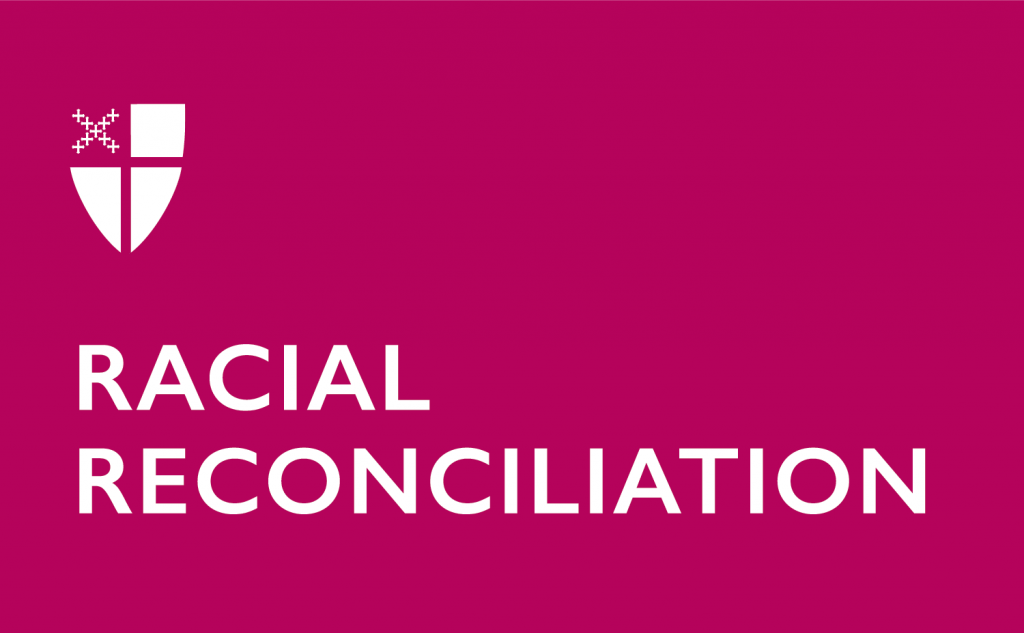Go Tell It on the Mountain: Of Nativities and Justice
By the Rev. Melanie Mullen
Down in a lowly manger
The humble Christ was born
And God sent us salvation
That blessed Christmas morn…
“Go Tell It on the Mountain,” like the best African-American spirituals and gospel hymns, is a work of sophisticated simplicity, with a secret storyline hidden in a singable tune. Beyond a surface reading, the song of the enslaved in the Americas charges the hearer to re-tell a nativity story of intersectional and racial justice. For a culture that’s grown immune to ideas of Incarnation and vulnerability, is our version of the Christmas story, ” Go Tell It On The Mountain “, material? Is it worthy of the context that birthed the song – surmounting darkness, hopelessness, and violence by faith in the Incarnation, embodied hope, and revolutionary joy?
During the 17th, 18th, and 19th centuries, slave owners relied on Christmas to fracture solidarity among the enslaved. As Christmas approached, they threatened to withhold gifts or even cancel Christmas entirely, in a system of holiday-based reward and punishment. Christmas became a time to dismantle families and the news that a son, daughter, or spouse was to be sold away often prompted heartbreaking acts of violence. The most notable instance occurred in the 1831 Christmas Rebellion led by the enslaved people of Jamaica. The Christmas Rebellion, also known as the “Baptist War,” mobilized some 60,000 enslaved persons on December 25th to respond to a call for liberation told from the mountains.
The enslaved experience during Christmas is more complex than some stories might lead us to believe. While the holiday was used to reinforce control, enslaved people themselves took the celebration of the Christmas story differently. It became a physical, psychological, and cultural resistance moment for them. Whether expressed in organizing rebellion or singing the promise of liberation, Christmas storytelling was a political act for those desiring freedom.
The Christmas story could never be apolitical for witnesses who have seen it used in quiet collusion with racist agendas or experienced the collaboration of power and narratives of hopelessness. Instead, the infancy narratives became part of a tradition of liberation. The birth of the Christ-child means God has inaugurated the long-awaited deliverance of the people of Israel.
Rather than replicating the world’s brokenness, there is a new generative storytelling at work in spirituals like “Go Tell It On The Mountain.” People seeking racial justice must tell the Christmas story to claim the embodiment of God’s wild justice, which can transform any bondage into freedom through Jesus’ bodily life and death.
There is a Rabbinic query that asks, “what is the beginning of the Torah?” It answers that the very reason God made humans is tied up in God’s great love of sharing stories. That God “bends close” to listen whenever humans gather around a fire to share a holy narrative. The fireside witness of oppressed and enslaved communities lingers in those sung stories. Bending close, we can hear how resilient faith is built on storytelling as a holy practice.
Narrative work is sacred, but it redefines the source of racial and political identity in the world. We share Jesus’ birth as an alternative path toward liberation in “Go Tell It On The Mountain.” The whisper is “putting on flesh” and embodying God’s powerful inversion of the power of death. If its faith narrative has any lesson for us, the Christmas tale must also be part of our reimagining of who we are as God’s people and what a just racial history is to be.
A story was born in that Bethlehem manger – one that draws our theological imaginations towards new possibilities of living and point towards freedom in Christ. We, new singers of spirituals, have considerable work to do in that regard. We must reclaim the Incarnation’s story for its embodied promise of a liberating Savior – the story that urges all on this Christmas justice journey to head to the mountain tops and “Go! Tell it!”
Down in a lowly manger
The humble Christ was born
And God sent us salvation
That blessed Christmas morn…
“Go Tell It on the Mountain,” like the best African-American spirituals and gospel hymns, is a work of sophisticated simplicity, with a secret storyline hidden in a singable tune. Beyond a surface reading, the song of the enslaved in the Americas charges the hearer to re-tell a nativity story of intersectional and racial justice. For a culture that’s grown immune to ideas of Incarnation and vulnerability, is our version of the Christmas story, ” Go Tell It On The Mountain “, material? Is it worthy of the context that birthed the song – surmounting darkness, hopelessness, and violence by faith in the Incarnation, embodied hope, and revolutionary joy?
During the 17th, 18th, and 19th centuries, slave owners relied on Christmas to fracture solidarity among the enslaved. As Christmas approached, they threatened to withhold gifts or even cancel Christmas entirely, in a system of holiday-based reward and punishment. Christmas became a time to dismantle families and the news that a son, daughter, or spouse was to be sold away often prompted heartbreaking acts of violence. The most notable instance occurred in the 1831 Christmas Rebellion led by the enslaved people of Jamaica. The Christmas Rebellion, also known as the “Baptist War,” mobilized some 60,000 enslaved persons on December 25th to respond to a call for liberation told from the mountains.
The enslaved experience during Christmas is more complex than some stories might lead us to believe. While the holiday was used to reinforce control, enslaved people themselves took the celebration of the Christmas story differently. It became a physical, psychological, and cultural resistance moment for them. Whether expressed in organizing rebellion or singing the promise of liberation, Christmas storytelling was a political act for those desiring freedom.
The Christmas story could never be apolitical for witnesses who have seen it used in quiet collusion with racist agendas or experienced the collaboration of power and narratives of hopelessness. Instead, the infancy narratives became part of a tradition of liberation. The birth of the Christ-child means God has inaugurated the long-awaited deliverance of the people of Israel.
Rather than replicating the world’s brokenness, there is a new generative storytelling at work in spirituals like “Go Tell It On The Mountain.” People seeking racial justice must tell the Christmas story to claim the embodiment of God’s wild justice, which can transform any bondage into freedom through Jesus’ bodily life and death.
There is a Rabbinic query that asks, “what is the beginning of the Torah?” It answers that the very reason God made humans is tied up in God’s great love of sharing stories. That God “bends close” to listen whenever humans gather around a fire to share a holy narrative. The fireside witness of oppressed and enslaved communities lingers in those sung stories. Bending close, we can hear how resilient faith is built on storytelling as a holy practice.
Narrative work is sacred, but it redefines the source of racial and political identity in the world. We share Jesus’ birth as an alternative path toward liberation in “Go Tell It On The Mountain.” The whisper is “putting on flesh” and embodying God’s powerful inversion of the power of death. If its faith narrative has any lesson for us, the Christmas tale must also be part of our reimagining of who we are as God’s people and what a just racial history is to be.
A story was born in that Bethlehem manger – one that draws our theological imaginations towards new possibilities of living and point towards freedom in Christ. We, new singers of spirituals, have considerable work to do in that regard. We must reclaim the Incarnation’s story for its embodied promise of a liberating Savior – the story that urges all on this Christmas justice journey to head to the mountain tops and “Go! Tell it!”

Rev. Melanie Mullen serves as Episcopal Church’s Director of Reconciliation, Justice & Creation Care – charged with bringing the Jesus Movement to the concerns of the world. Before joining the Presiding Bishop’s staff, she was the Downtown Missioner at St. Paul’s Episcopal Church in Richmond, leading a historic southern congregation’s missional, civic, and reconciliation ministries.

